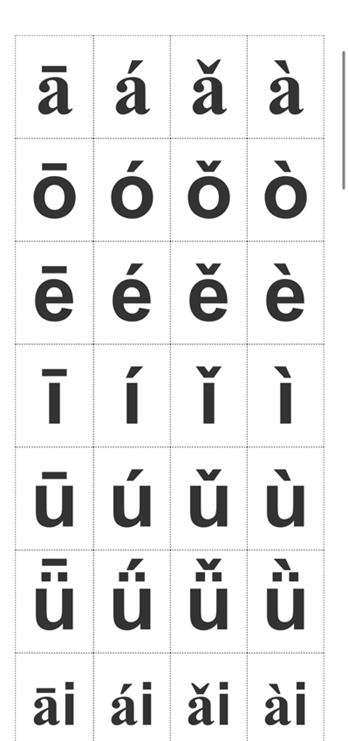
If you’ve ever tried to learn Chinese, you’ve probably encountered a fascinating yet frustrating phenomenon: the same syllable, pronounced with a different tone, can mean something completely different. It’s like a secret code embedded in the language, and mastering it is key to truly understanding and being understood in Chinese.
Let’s start with a classic example that never fails to amuse learners: the syllable “mā, má, mǎ, mà.”
• Mā (妈, first tone, flat): This is “mother.” A warm and familiar term.
• Má (麻, second tone, rising): This means “hemp” or “numb.” Think of the tingling sensation after sitting too long.
• Mǎ (马, third tone, falling then rising): This is “horse.” A common animal.
• Mà (骂, fourth tone, falling): This means “to scold” or “curse.” Definitely not something you want to mix up with “mother”!
Can you imagine the confusion if you accidentally used the wrong tone when asking for directions? What if you meant to ask, “Where is the horse?” (Mǎ zài nǎ lǐ?) but instead said, “Where is the mother?” (Mā zài nǎ lǐ?)? The person you’re asking would be very confused!
Here’s another playful example: “shīzi” vs. “shìzi.”
• Shīzi (狮子, shī is first tone): This means “lion,” the king of the jungle.
• Shìzi (柿子, shì is fourth tone): This is a sweet, orange fruit common in China.
Ordering “shīzi” in a restaurant would certainly raise some eyebrows!
These examples highlight why tones are not just optional extras in Chinese—they are an integral part of the language’s meaning system. Without tones, Chinese would lose a huge amount of its precision and expressiveness.
For learners, investing time in practicing tones is absolutely crucial. It’s not enough to just recognize characters or memorize vocabulary. You need to train your ear to hear the subtle differences and train your mouth to produce them accurately.
Even native speakers from different regions, who might have slight accent variations, rely on tones to communicate clearly. It’s the backbone of spoken Chinese.
So, the next time you practice your Chinese, don’t rush through the tones. Take your time, listen carefully, and mimic the pitch changes. Remember, in Chinese, a small change in tone can lead to a big change in meaning!